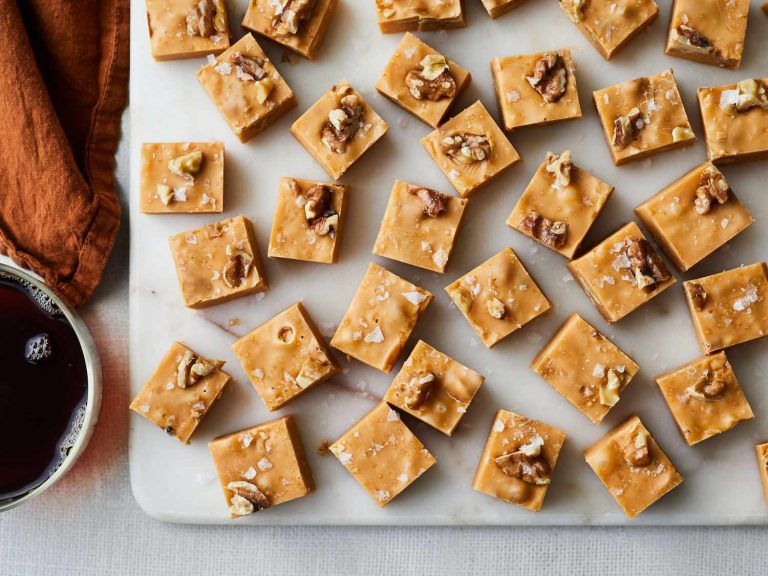Carrot Bread: The Rich History and Delicious Benefits
Carrot bread traces its origins to medieval Europe. During this period, carrots often substituted for sugar in recipes due to their natural sweetness. This practice gained prominence because sugar was scarce and expensive. By the 18th century, recipes for carrot-based desserts began appearing in cookbooks, reflecting the vegetable’s versatile use. The modern version of carrot bread evolved from this tradition, combining grated carrots with various spices and nuts. This blend offers a flavorful twist on traditional bread recipes while retaining the health benefits of carrots.
Cultural Significance
Carrot bread holds a special place in several cultures due to its historical and nutritional roots. In the UK, carrot cakes and breads became popular during World War II, benefiting from rationing policies that limited sugar availability. This historical context gave carrot bread an enduring association with resourcefulness and ingenuity. Today, carrot bread is celebrated worldwide for its unique flavor profile and nutritious qualities, making it a cherished recipe in many households. The inclusion of carrots symbolizes a commitment to incorporating healthy ingredients into everyday meals.
Key Ingredients in Carrot Bread
Importance of Carrots
Carrots serve as the primary ingredient in carrot bread, providing natural sweetness and moisture. Rich in beta-carotene, vitamins A, K, and fiber, carrots enhance the bread’s nutritional profile. Grated carrots distribute evenly through the batter, ensuring consistent texture and color in each slice. Without carrots, the bread loses its characteristic flavor and health benefits.
Flour Varieties and Their Effects
Flour affects the texture and nutritional content of carrot bread. All-purpose flour provides a neutral taste and standard texture, suitable for most recipes. Whole wheat flour adds a hearty flavor and increases fiber content, making the bread denser and more nutritious. Almond flour introduces a nutty flavor and caters to gluten-free diets. Using a blend of different flours can balance taste and texture, creating a customized baking experience.
Popular Carrot Bread Recipes
Classic Carrot Bread
Classic carrot bread combines grated carrots, all-purpose flour, and sugar, delivering a moist, flavorful loaf. Use spices like cinnamon, nutmeg, and ginger for added warmth. Include chopped nuts, such as walnuts or pecans, for texture. Bake the mixture in a preheated oven at 350°F (175°C) for about 60 minutes, or until a toothpick inserted into the center comes out clean.
Vegan Carrot Bread Option
Vegan carrot bread omits animal products while maintaining flavor and texture. Substitute flax eggs (made by mixing ground flaxseed with water) for traditional eggs. Switch to maple syrup or agave nectar instead of honey, and use plant-based milk like almond or soy. Opt for whole wheat flour for added nutrition. Bake at the same temperature, 350°F (175°C), for approximately 60 minutes.
Nutritional Benefits of Carrot Bread
Vitamins and Minerals in Carrots
Carrot bread contains high levels of vitamins and minerals from its primary ingredient, carrots. Carrots are rich in beta-carotene, which converts into vitamin A in your body. One cup of grated carrots provides about 184% of your daily vitamin A requirement. Vitamin A supports eye health and immune function.
Carrots also supply vitamin K, essential for blood clotting, and vitamin C, which boosts your immune system. They offer potassium, aiding in muscle function, and fiber, supporting digestive health. Magnesium and calcium, found in smaller amounts, help maintain bone health.
Comparing Nutritional Profiles
Carrot bread varies in nutritional content based on ingredients and recipes. Classic carrot bread using all-purpose flour and sugar offers different nutritional values than vegan options with whole wheat flour and flax eggs. Here’s a comparison of key nutrients per serving for each type:
| Nutrient | Classic Carrot Bread | Vegan Carrot Bread |
|---|---|---|
| Calories | 200 kcal | 180 kcal |
| Protein | 3 g | 4 g |
| Carbohydrates | 30 g | 28 g |
| Fiber | 1 g | 3 g |
| Sugars | 15 g | 10 g |
| Vitamin A | 120% DV | 130% DV |
| Vitamin C | 5% DV | 10% DV |
| Iron | 6% DV | 8% DV |
Classic carrot bread is higher in calories and sugars, while vegan carrot bread provides more fiber and vitamins. Both varieties retain significant amounts of vitamin A and C due to the carrots.
Baking Tips for Perfect Carrot Bread
Moisture Control
Maintaining the right moisture balance is essential for perfect carrot bread. Ensure you grate the carrots finely; larger pieces can release extra moisture during baking, making the bread soggy. To achieve the best results, measure the carrots after grating. If you need to adjust the moisture content, gently squeeze the grated carrots to release excess liquid. Combining ingredients like applesauce or yogurt may also help retain moisture and enhance the bread’s texture without making it too wet.
Spicing It Right
Spices play a crucial role in enhancing the flavor of carrot bread. A blend of cinnamon, nutmeg, and ginger—each providing a unique warmth—can elevate the taste. Use 1 to 2 teaspoons of cinnamon, 1/2 teaspoon of nutmeg, and a 1/4 teaspoon of ginger per loaf for an optimal spiced flavor. Adjust these quantities to suit your taste preference. Consider adding a pinch of cardamom or cloves for an extra depth of flavor. Freshly ground spices offer the best aromatic and flavorful results, so use them whenever possible.
Conclusion
Carrot bread isn’t just a delicious treat; it’s a slice of history and a testament to culinary creativity. By understanding its origins and the thoughtful use of ingredients, you can appreciate the rich flavors and nutritional benefits it offers. Whether you prefer the classic recipe or a vegan version, the key to perfect carrot bread lies in balancing moisture and spices. So, grab your grater and spices, and enjoy baking a loaf that’s as wholesome as it is flavorful. Happy baking!






